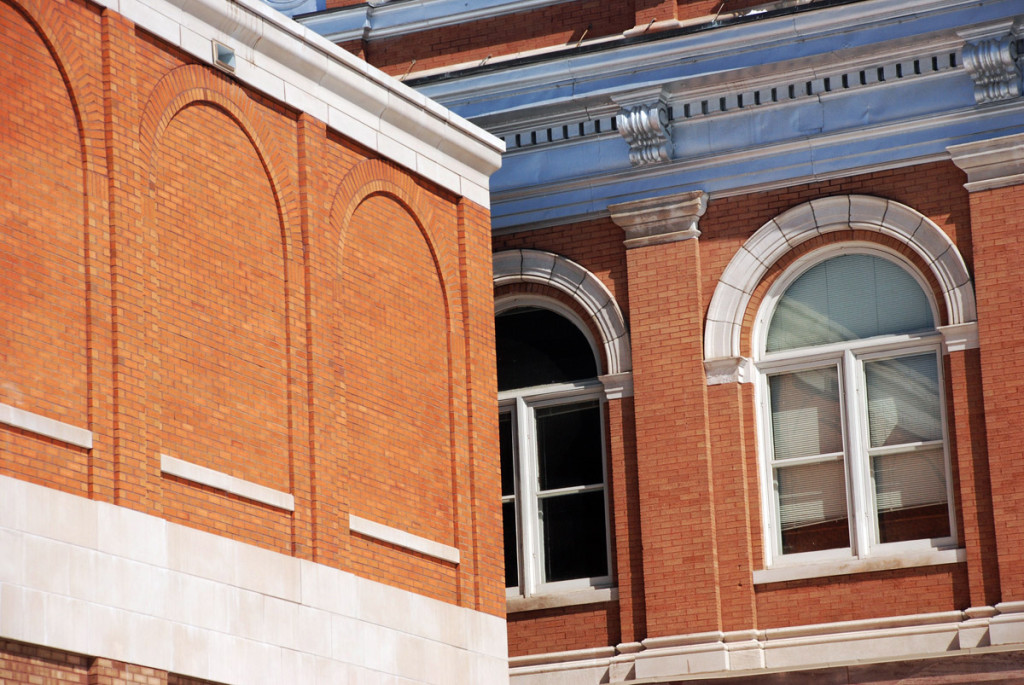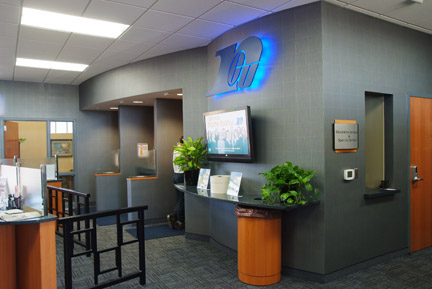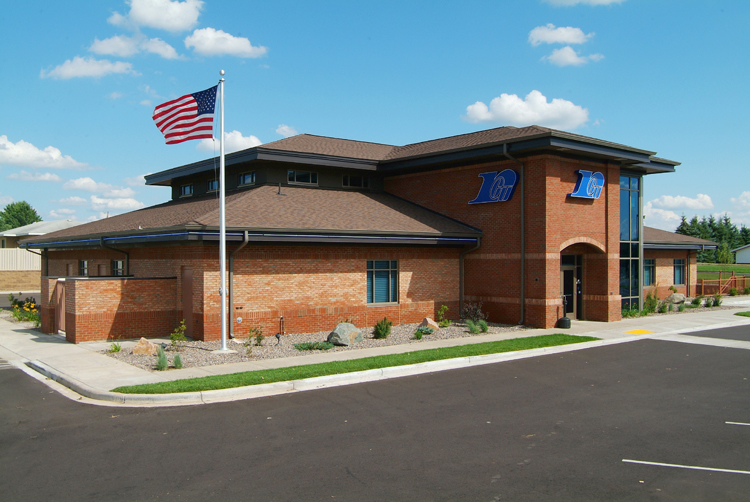Raising the Question: Should a Building Be Razed?

Should a building be razed – demolished, leveled to the ground? That’s a question many owners face when deciding what to do with an existing property. It’s not an easy decision to remodel an existing structure versus starting over from the ground up. Cost, schedule, and operational impact are all important considerations.
From the perspective of environmental/sustainability considerations, it would be beneficial to reuse whenever possible. The fewer structures that are razed means more energy and materials are saved and less debris ends up in landfills. But it’s not always possible to salvage an existing building. Here are six important considerations to help decide a structure’s fate.
1. What is the building’s current use versus its desired use?
If the building is not structured to accommodate its desired use, it may have a negative impact on the owner’s operations. For example, the current building may not have enough usable space to meet the property owner’s needs. If expansion on the current structure is not feasible, starting from scratch might be the only option.

RCU ShopKo area credit union office in Eau Claire, Wisconsin, whose building was kept largely intact while remodeling transformed the interior and a new brick skin updated the exterior.
2. What is the physical condition of the building and its systems?
If the structure and its mechanical and electrical systems are not physically sound, the conversion itself will be more difficult, and the end cost will be greater. Old buildings need to meet current codes, and sometimes it just costs too much to do so.
3. What changes need to be made to the building to permit the new function or to correct deficiencies?
Identifying the changes necessary, both in number and difficulty, to create a functional structure will help to identify viability because making those changes is going to have an impact on the cost and time needed to complete the project.

RCU Moholt Drive credit union office in Eau Claire, Wisconsin, where it was decided that replacing the previous branch office from the ground up was the best option. The former building was salvaged and relocated to Chippewa Valley Technical College, where it is part of CVTC’s emergency services training facilities.
4. Are the desired changes physically/technically achievable?
If it’s not possible to make the changes needed, then the only option might be to raze the current structure and build new. One instance in which this might come up is if damage to the current building has diminished its structural integrity to the degree that it is costly or impossible to repair.
5. How do the necessary/desired changes compare with razing and building new in terms of cost, schedule, difficulty, and impact on the owner’s operation?
This is probably the most important factor when deciding whether to raze a structure or build new. If converting a building to its new desired function will have a negative impact in any of these four areas beyond an owner’s budget/timeframe, it may be easier to move forward with a new structure.

The Grant County Courthouse in Wisconsin scores high in historic value and underwent an extensive restoration and remodeling to make its space more useful.
6. Does the building hold any special significance to the owner or community?
A building with historical or sentimental value may prompt the owner to reuse a building that would otherwise be easier or less expensive to raze and replace. In the case of an old courthouse that represents the humble beginnings of a growing community, the aesthetic of that facility may be kept intact even if the cost of repair is higher than if it were replaced. The remodeling of the historic Lincoln County Courthouse (pictured at top of this post) included salvaging and reusing most of the interior finishings to preserve the historic nature of the building.
For more information, please visit our Architecture Services page.

Post a comment: